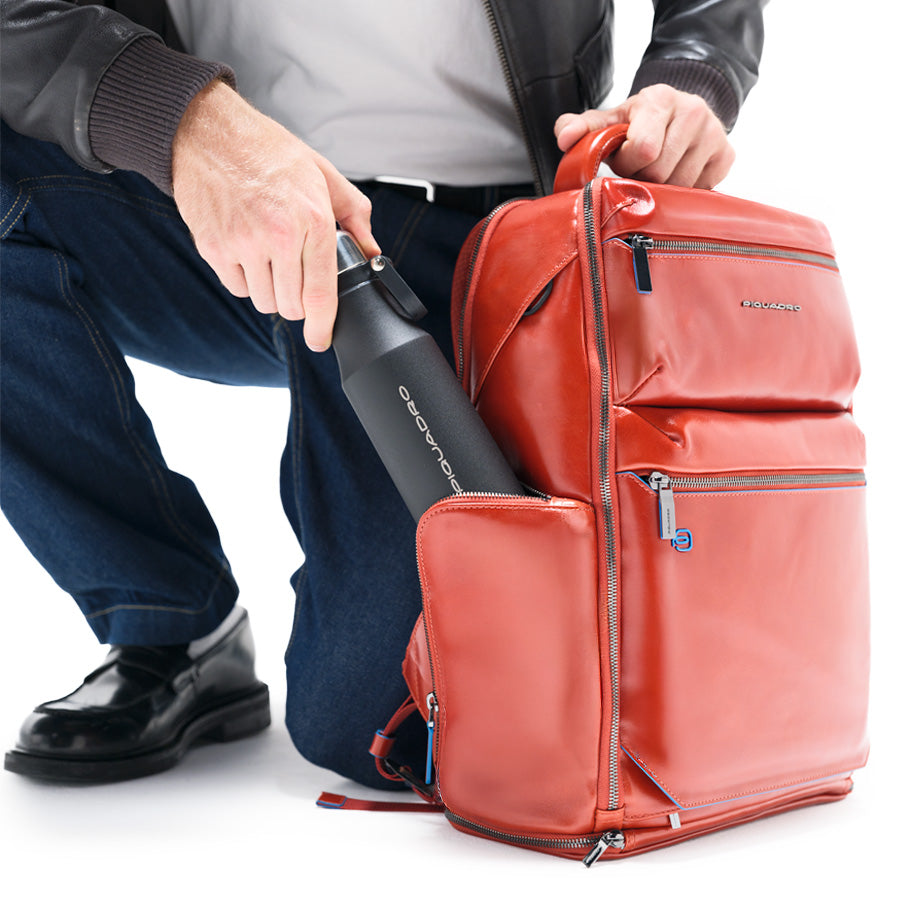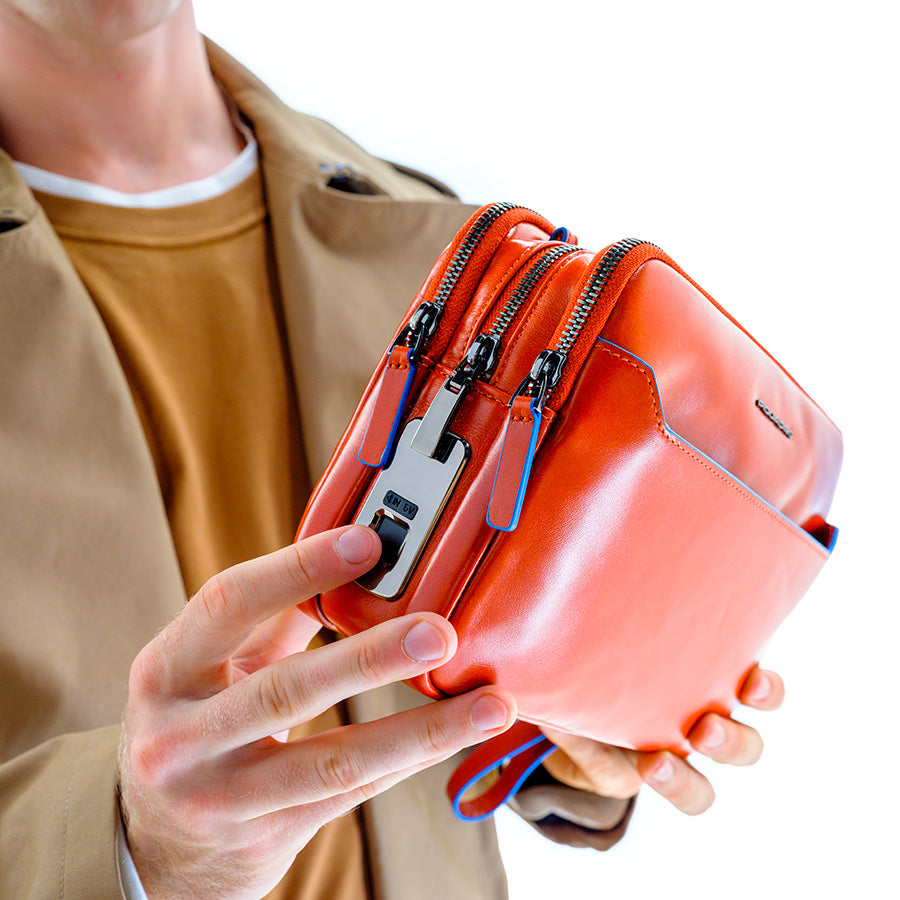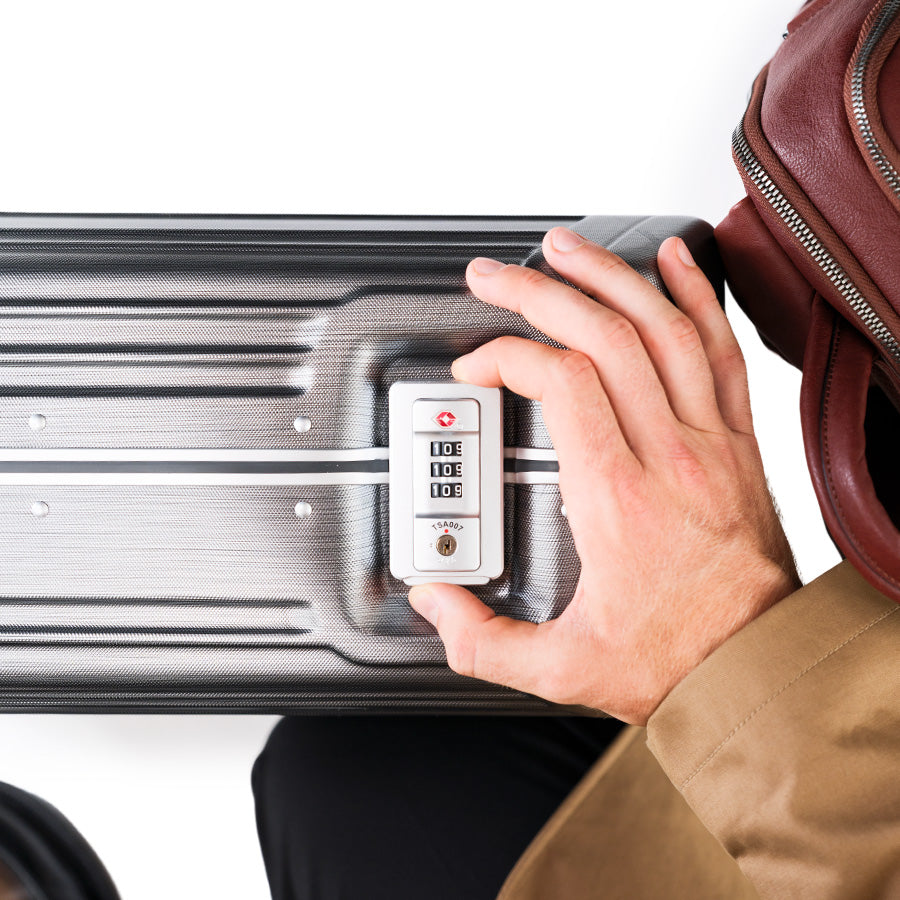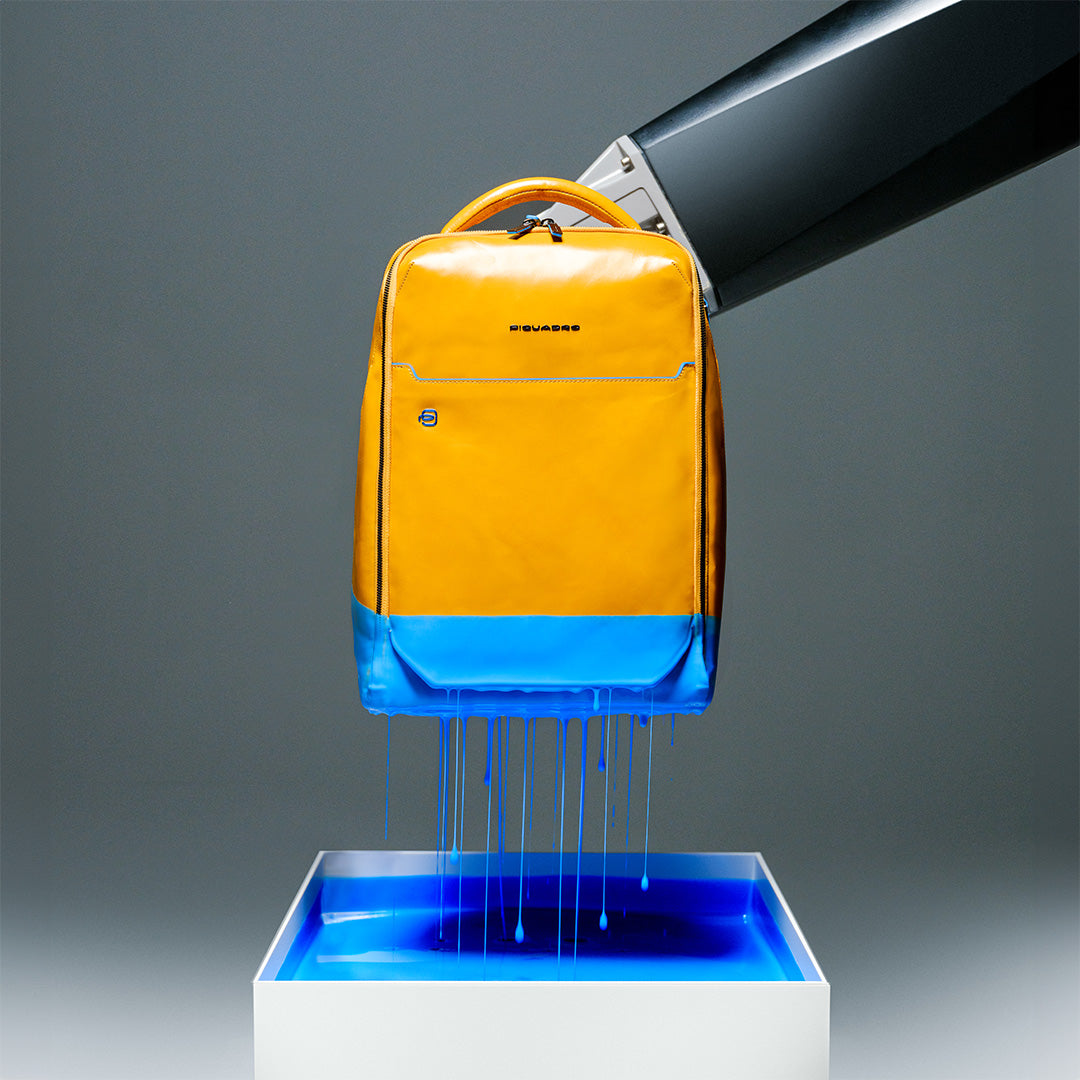What is RFID technology
We live in an increasingly digital world, where security threats don't just affect the network, but also what we keep in our pockets or bags.
Defending oneself is possible, but only by knowing the risk and choosing the appropriate tools.
The real risk: what is RFID theft
The term RFID (Radio Frequency Identification) indicates a radio frequency identification technology. It is the one used in contactless cards, company badges, biometric passports and even some public transport passes.
The advantage? Fast data transmission without physical contact. The disadvantage? The possibility that this data will be intercepted by malicious people.
In recent years, news of digital theft of passers-by has multiplied, attracting the attention of experts and consumers. While not as high a risk as cloning via physical skimmer or phishing, unauthorized reading of RFID chips is a documented reality. Tests conducted by numerous newspapers have shown that data can be intercepted up to 30 centimeters away (for example on the subway, in line at the bar or during a walk), even without the owner noticing.
Recently, several news stories have reported how thieves and pickpockets, armed with card terminal — the same contactless card readers commonly used by merchants for quick payments — were able to steal money through contactless transactions, simply by bringing the device close to their victims' bags or pockets. In fact, there is no physical contact, there is no noise, there is no alarm. Only later, perhaps by checking the account or receiving a message from the bank, is the anomaly of an improper charge discovered.
This type of threat, silent and almost invisible, is made possible by RFID and NFC technologies integrated into credit cards and personal documents. However, there are tools designed to reduce the risk by shielding radio waves and thus preventing unauthorized reading of data. Wallets, card holders or passport holders may seem like simple accessories, but they can play a decisive role in protecting our data.
How RFID Protection Works
RFID protection consists of a shielding layer, usually inserted inside the product's lining. This layer is made up of conductive materials (such as metal fibers or technical textiles) that create a barrier against radio waves. In practice, they prevent the RFID chip signal from being transmitted and then intercepted. This is why it is also called "RFID blocking".
When you insert an RFID card or document into a secure compartment, the chip becomes invisible to external readers. Only when the card is pulled out and intentionally brought close to a POS or authorized terminal does the transmission take place correctly.
All this does not alter the operation of the card or interfere with its daily use: the technology is activated only when the documents are inside the accessory.
Why RFID Protection Is Critical Today
Wallets, card holders and the like are daily companions for those who move often, travel or have a dynamic lifestyle. Offering them an added value such as RFID protection means responding to a concrete need for security, without sacrificing elegance. In fact, the integration of RFID shielding does not compromise the product design: in our accessories, the system is completely invisible and integrated.
Who is RFID protection useful for?
Anyone who uses contactless cards or digital documents daily can benefit from this technology. But there are situations in which RFID protection is particularly recommended:
- Professionals and managers who carry company badges or premium credit cards
- frequent travelers, whether for business or leisure purposes, who use biometric passports and electronic boarding passes
- those who live in the city or use public transport, where physical proximity is inevitable
- all those who are attentive to digital security and who want to protect themselves
An accessory with RFID anti-fraud technology may seem like a detail, but in practice it is a personal security device that acts silently but constantly and effectively.
What to Consider Before Buying a Product with RFID
When purchasing an RFID-protected accessory, it is important to ensure that shielding is present in all card compartments to ensure complete protection against unauthorized reading attempts. It is also important to make sure that the materials used for shielding are of quality and resistant over time. Last point, more related to aesthetics: that the design remains accurate, consistent with the elegance of the product, without compromise.
Piquadro products with integrated RFID shielding are designed to offer effective protection, perfectly integrated with fine materials and timeless lines.
In a world where security is increasingly connected and personal data travels invisibly, choosing an accessory with RFID protection is no longer just a technical matter: it is a conscious gesture of protection. And especially when it comes to leather accessories, this detail represents the perfect synthesis between innovation and comfort.
Because being innovative is also feeling safe, always.
Learn More: RFID Technology FAQ
What does RFID mean and how does it work?
It stands for "Radio Frequency Identification" and uses radio waves to transmit information contained in a microchip embedded in cards, badges or passports. These chips can also be read at close range, without the need for physical contact.
Is it really possible to steal money or data from a contactless card without realizing it?
Yes, independent tests and real-world cases have shown that a handheld RFID reader can pick up data from a contactless card or chip document by passing just inches away.
Bank cards equipped with NFC (Near Field Communication) technology allow fast contactless payments for small amounts. It is precisely this function that scammers could exploit, to bring a modified POS close to unsuspecting passers-by and generate an undue transaction.
Which cards or documents are vulnerable to RFID attacks?
All contactless cards (credit, debit, transport, corporate access), biometric passports and some electronic badges are at risk. If they contain an RFID or NFC chip, they can be read remotely by an unauthorized scanner.
How does RFID protection work?
RFID-safe accessories integrate a shielding layer made of conductive material between the lining and the cover. This blocks radio waves, preventing data from being transmitted to the outside.

































Unnati sharma December 03, 2025
Great article! It clearly explains how RFID Tags technology works and why protecting your personal data with RFID-blocking accessories is essential in today’s digital age. Piquadro’s integration of this technology into their products offers both security and style. A must-read for anyone looking to safeguard their information while maintaining elegance.